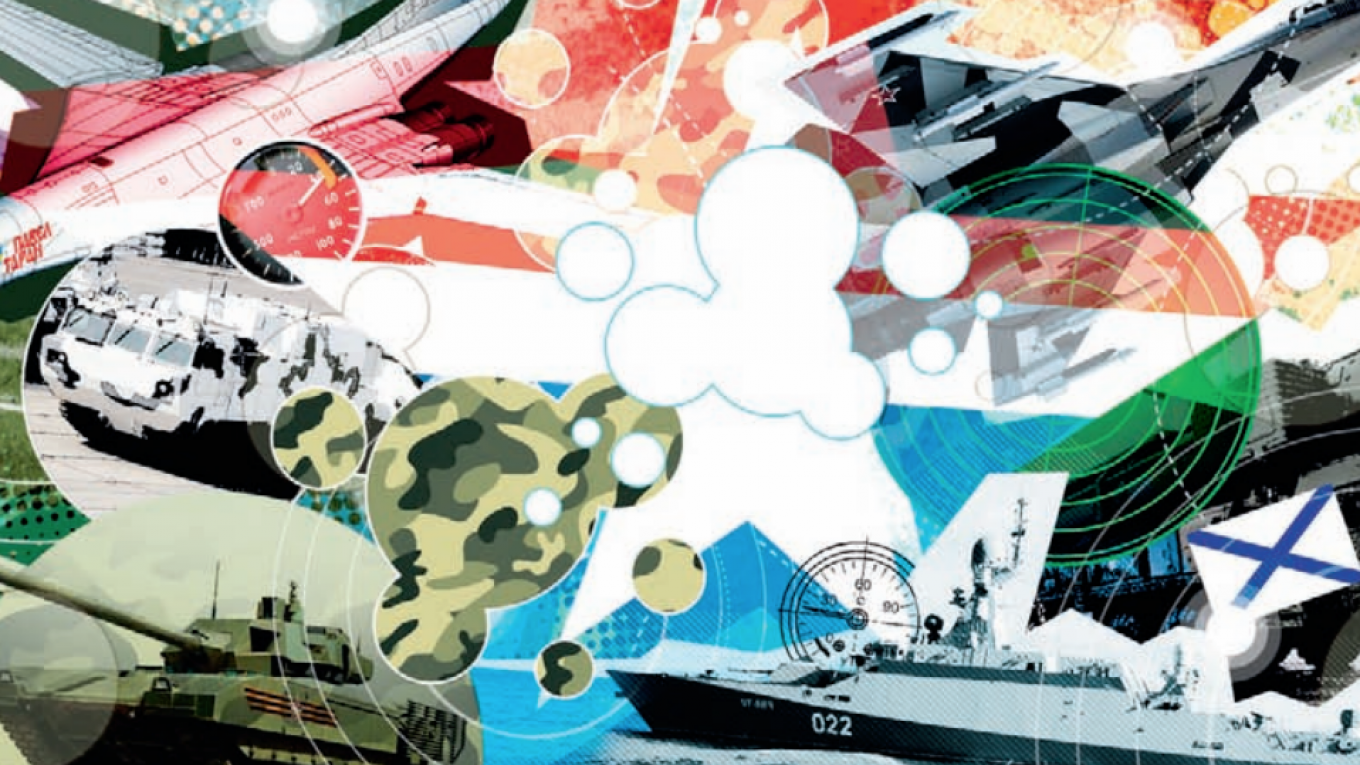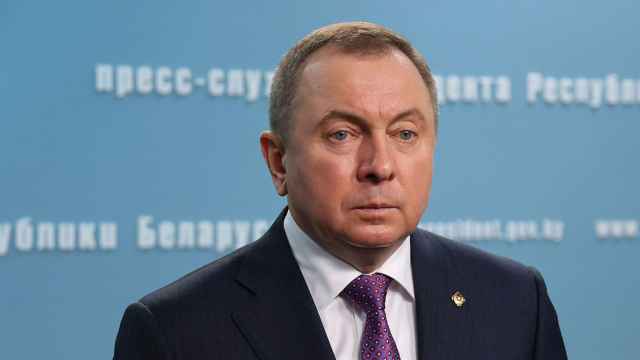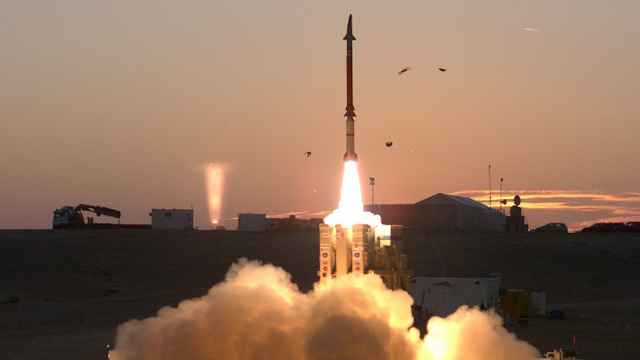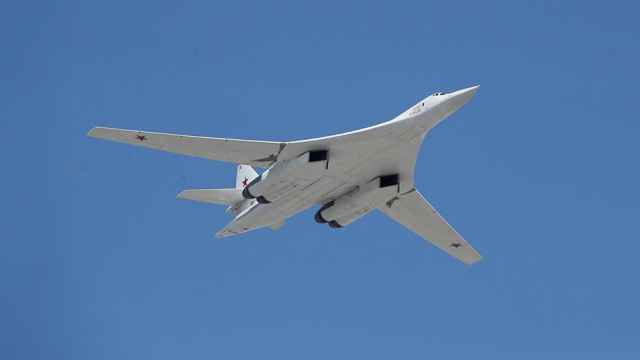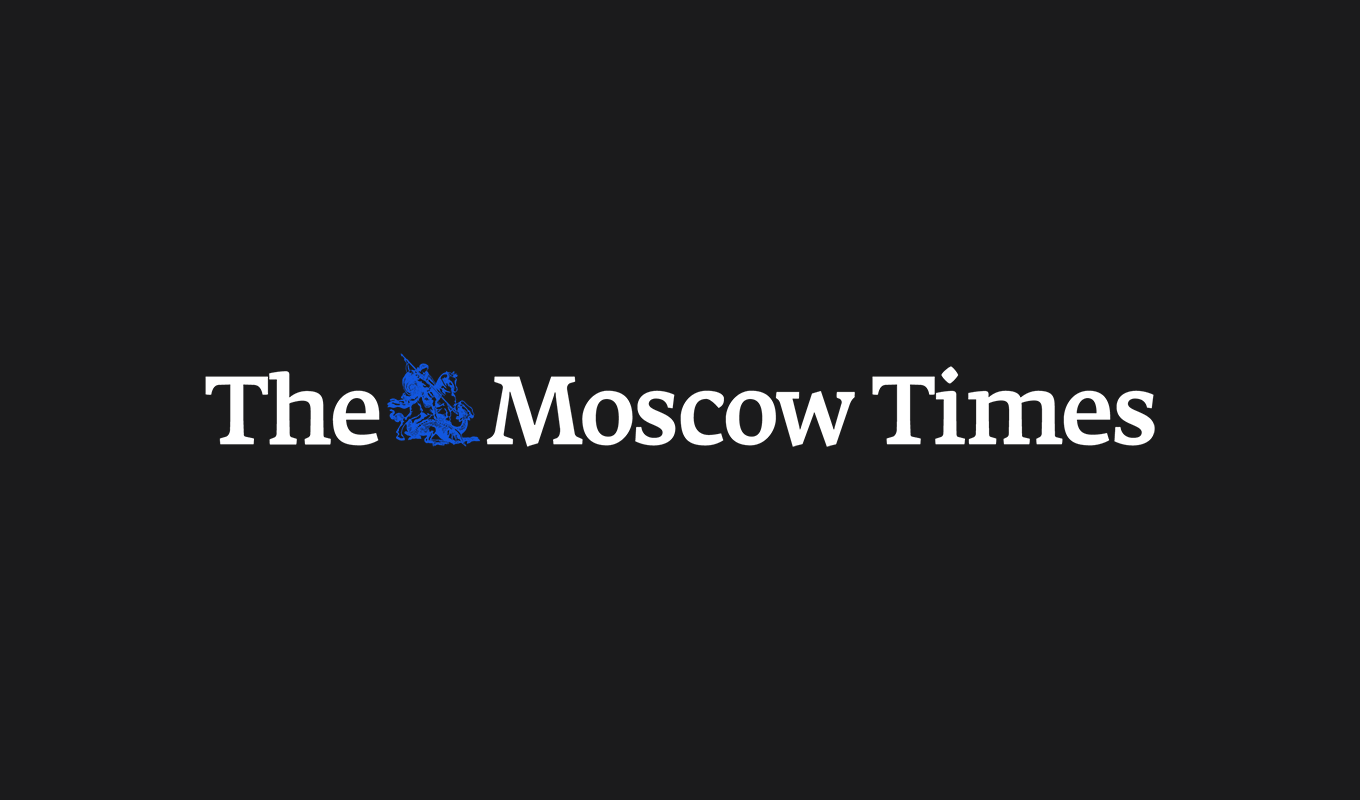Behind closed doors, battles are taking place over the future of Russia’s military. During this year’s Victory Day parade on May 9, Russia’s armed forces showed off the latest and greatest the Russian defense industry has to offer. The next few months will determine how much of that equipment the armed forces will actually receive.
Delayed for two years owing to economic and budgetary volatility, the next phase of the State Armament Program (GPV), covering 2018-2025, is due to be finalized and signed by September. The coming review will determine not just what Russian armed forces get next year, but the weapons and systems they will fight with into the 2030s.
The first battle—over budget—has already been fought out between the Ministry of Finance and Ministry of Defense. The former suggested 12 trillion rubles for the eight-year program; the latter demanded 22 trillion. The number the two have apparently settled on is 17 trillion. Clearly, the two ministries met in the middle, but much of the spending is backloaded, or provisional, and will no doubt be reviewed several years in.
Rather than overall budget size, however, the real question is how much investment the Russian defense sector can actually absorb. The previous program, which allocated 19 trillion over 2011-2020, is underspent. The program will probably spend 50% of allocated funds by the end of this year, which translates to a rate of 1.35 trillion per year.
The second battle—over what will actually be included in the new program—is ongoing. However, there will be clear shifts in priority for military branches, regions, and equipment.
Much of what was done in 2011-2017 was, de facto, modernizing a Soviet military, which had been left moribund by two decades without investment. There were select new additions to defense capabilities, but even the ‘latest and greatest’ advances were based on designs the Soviet Union had on the books in the late 1980s and early 1990s. The previous modernization program succeeded in upgrading old equipment, and deploying modernized versions of existing designs.
Now, the Russian leadership wants to see a lot more in the way of new systems.
Their new focus is on the technology of the future: smart weapons, automated command and control, recon platforms, communications, and drones of various types. All of these are consistent problems in Russia’s armed forces.
Military aspects of Russia’s faltering space program will also be addressed.
The strategic rocket forces that control Russia’s land-based nuclear weapons are also due for an upgrade. The new armaments plan will include the new heavy Sarmat intercontinental ballistic missile, which is in development to replace the expiring Voeyvoda R-36M2 (SS-18 Satan) ballistic missile.
In terms of regional focus, Russian armed forces in the Southern, Western and Arctic military districts are likely to see the greatest investments. Modernization has focused heavily on improving forces around Ukraine and the North Caucasus. It is now spreading to the broader Western military district, forces in the Baltic, and those commanded by the Northern Fleet.
While the previous program favored the air force, navy, and strategic rocket forces, the war in Ukraine imposed unexpected requirements on ground and airborne forces. Perhaps as much as a quarter of the new program will go to the army. They can expect to receive further upgrades in soldier’s kit (Ratnik grade), air defense systems, new armored vehicles in every class from infantry combat vehicles and armored personnel carriers to new Armata tanks.
The other major winner is likely to be aviation. Russia will continue investing in new combat helicopters, but the main focus will be on fixed-wing aircraft. The airforce will likely continue receiving new Su-30SM, Su-35s, and Su-34M aircraft.
The big ticket item, however, is the planned relaunch of the Soviet-designed Tu-160 strategic bombers, which will improve long-range strike capability. The modernization comes at the same time as delays in the development of a new strategic bomber aircraft, known as the Tupolev PAK DA, and S-500 air defense system.
In better news, Russia hopes the Sukhoi PAK FA stealth fighter program will enter limited production within the timeline of the program.
The Navy has been touted as the chief loser from the review, given that it has been denied projects like a new carrier and a large nuclear-powered destroyer. In reality, both were unrealistic and expensive prestige projects.
Instead, the Navy will receive the ships and submarines Russia can actually build. These include capable smaller ships like frigates and corvettes, assuming Russia can resolve existing problems with domestic engine production. (Up until now, crucial parts were manufactured in Ukraine.) Nuclear and diesel submarine development also continues to be a bright star in the country’s otherwise faltering shipbuilding industry. A fifth-generation submarine design is already in the works.
From what is understood about the next state armament program, Russia’s leadership seems to have remembered that Russia is predominantly a Eurasian land power. This realization has at least in part been driven by the current reality of conflict with Ukraine. The next state armament plan will offer a glimpse of the types of conflicts and operations Russia is planning for in 2020s and beyond.
Michael Kofman is a senior research scientist with the Center for Naval Analyses. The views expressed here are his own.
A Message from The Moscow Times:
Dear readers,
We are facing unprecedented challenges. Russia's Prosecutor General's Office has designated The Moscow Times as an "undesirable" organization, criminalizing our work and putting our staff at risk of prosecution. This follows our earlier unjust labeling as a "foreign agent."
These actions are direct attempts to silence independent journalism in Russia. The authorities claim our work "discredits the decisions of the Russian leadership." We see things differently: we strive to provide accurate, unbiased reporting on Russia.
We, the journalists of The Moscow Times, refuse to be silenced. But to continue our work, we need your help.
Your support, no matter how small, makes a world of difference. If you can, please support us monthly starting from just $2. It's quick to set up, and every contribution makes a significant impact.
By supporting The Moscow Times, you're defending open, independent journalism in the face of repression. Thank you for standing with us.
Remind me later.



